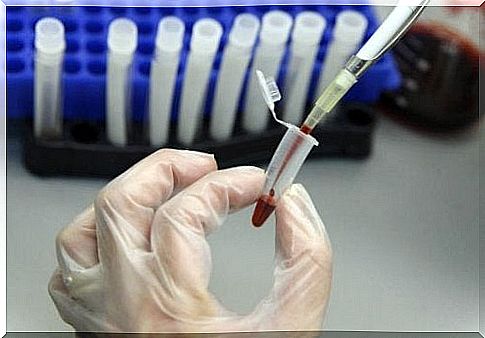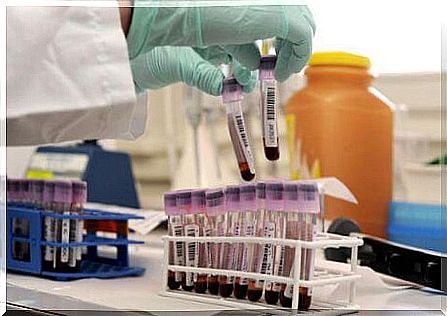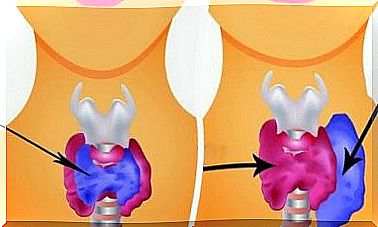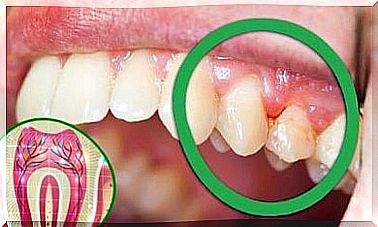Stem Cell Transplantation Could Eradicate HIV

A major step has been taken in the treatment of HIV. A group of Spanish researchers have managed to reduce the HIV virus burden to previously undetected levels in six patients. In the long run, it can eradicate HIV.
While this is not an absolute cure, this discovery could represent a major breakthrough in the eradication of HIV. Here is a brief overview of the process that led to this discovery.
The scientific journal “Annals of Internal Medicine” recently published a conclusion that shocked not only the scientific community but also the public.
Why is it so shocking?
There have been many different attempts and treatments to eradicate HIV. Unfortunately, few of these solutions have proven to be effective. However, this perception seems to have changed on the basis of this study. Researchers from IrsiCaixa AIDS Research in Barcelona and from Gregorio Marañón Hospital in Madrid made the discovery.
Through the transplantation of stem cells, these researchers were able to reduce the HIV virus in six people.
Exactly how did these researchers achieve this result?
Let’s look at it!
HIV virus was reduced to imperceptible levels

According to the researchers who performed the procedure, after the transplant, the patients had undetected traces of the virus in their blood and body tissues. In addition, one of these patients lacked antibodies, suggesting that this virus has the potential to be eradicated.
Apart from the stem cells themselves, the time required to complete the transplant is also very important. One patient – the one who had remnants of the virus in his body and who also received umbilical cord stem cells – had only 18 months to complete the treatment.
Although participants in this study continue their antiretroviral treatment, many believe that this study has paved the way for a new form of treatment to eradicate HIV and AIDS. With that in mind, the successful outcome of this trial means that we have taken a major step towards better treatment.
While there is still a long way to go in the discovery of an absolute cure, this experiment could pave the way for a successful cure to eradicate HIV.
Is this result a first step in eradicating HIV?
Hitherto, cure of HIV virus was considered impossible by the scientific community. Viral reservoirs made up of infected cells that lie dormant in the blood make curing and treatment of HIV very difficult. Due to these latent reservoirs, drugs and other attempts at cure have not had the desired effect on this virus.
As mentioned earlier, with this study, this is not the case. Seven years after the stem cell transplant, five patients showed none of these dormant reservoirs , and one of these five did not even have antibodies to fight the infected cells at the time of transplantation.
Is it now entirely possible to believe that one has ensured that this virus will not reappear in the future.
According to María Salgado, a researcher at IrsiCaixa in Barcelona, patients would need to stop antiretroviral therapy and see if the virus reappears.
That is exactly the next step. During controlled examination by physicians and researchers, other immunotherapy treatments would be used and patients would be monitored to see if the virus returned.
The inspiring case of Timothy Brown

In 2008, a breakthrough in medicine occurred when Timothy Brown underwent a stem cell transplant to cure leukemia. The stem cell donor had an unusual genetic mutation called CCR5 Delta 32.
Specifically, this led to him developing an immunity to certain blood cells with the HIV virus. After the transplant, the virus was eradicated. As a result, Brown was the first person in history to be cured and able to eradicate HIV.
Following this discovery, researchers such as Salgado, Mi Kwon, a hematologist at Gregorio Marañón Hospital and other members of their team have spent much of their time experimenting with similar processes to find a cure for people infected with HIV.
Unlike Timothy Brown, the researchers did not use donor cells with the CCR5 Delta 32 mutation. This may mean that there are other factors that affect the disappearance of this virus.
In conclusion, we can say with certainty that we are witnessing great progress. They will hopefully lead to a medical breakthrough. After many years of unsuccessful attempts, the fight to eradicate HIV may have found its way.
People everywhere hope that developments in this direction will provide an effective cure for what many people consider to be an incurable disease.









